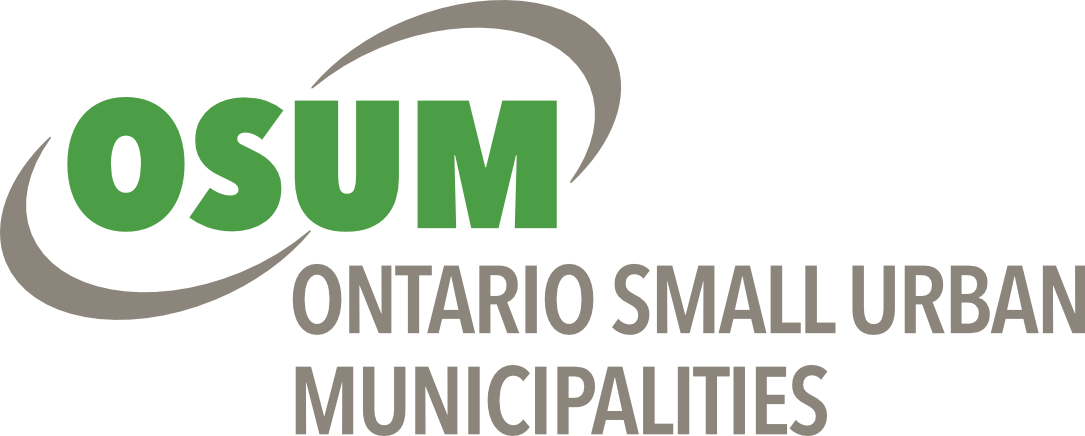Infrastructure
Provincial support for housing-enabling infrastructure
- In response to Ontario’s rapid population growth, the province has set a goal to build 1.5 million homes by 2031. Rural municipalities play a crucial role in achieving this goal, with a shared target of 150,000 new homes. To meet this goal, municipalities will have to make significant investments in housing-enabling infrastructure like water and sewer, roads, transit, waste management, and more.
- While municipalities own and manage more infrastructure than other levels of government combined, they have the fewest resources and tools to fund capital needs and significant investment is needed.
- Municipalities are planning for more than $250 billion in capital expenditures over the next decade to support housing, address aging assets and adapt to climate change.
- Municipalities bear the brunt of infrastructure expenditures, with provincial contributions falling short at less than 30 per cent annually. Neither federal nor provincial infrastructure contributions have kept pace with the true costs of building, which have increased about 70 per cent over the last 10 years.
- Funding constraints severely limit rural municipalities' ability to invest in and maintain water and wastewater infrastructure, exacerbated by their vast geographies and small populations.
- In 2024, AMO advocated for more resources and secured an additional $1.6 billion in municipal infrastructure funding from the province.
- AMO streamlined rural infrastructure funding by successfully advocating for the
- small/rural/northern Building Faster Fund allocation to be awarded under the Housing-Enabling Water Systems Fund. This got the money flowing and streamlined funding applications.
- But onetime, piecemeal programs don’t replace the need for a sustainable infrastructure funding source.
- As the rural arm of AMO, ROMA also supports AMO’s call for the province to commit to infrastructure funding for housing and the economy, like a new long-term, predictable, and substantial municipal infrastructure transfer.






